Blog
Go backThe (Bleep)ing History of Censor Tones, from OldTime Radio to Meme Culture
No-Filter Zone · July 1st, 2025
From Vaudeville to the FCC: The Birth of the Bleep
Censoring foul language with audio tricks isn't a newfangled internet idea – it's almost as old as broadcasting itself. The first known "bleep" moment (before actual electronic bleeps existed) happened over a century ago. In 1921, a brassy vaudeville actress named Olga Petrova gave a radio talk on a Newark station and management panicked that her frank talk about feminism and birth control might violate obscenity laws. Their solution? Whenever Petrova ventured into dirty territory, engineers quickly cranked up a phonograph record to drown her out. It was a crude hack, but it set the precedent: if you can't trust folks to keep it clean, hit 'em with a noise to save the audience's ears (and your broadcasting license).
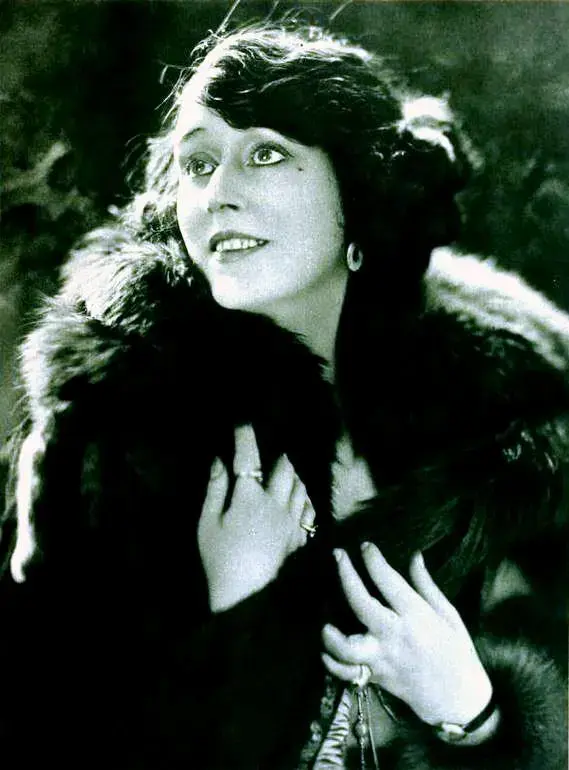 Olga Petrova, the vaudeville actress whose 1921 radio talk about feminism and birth control became the first known instance of audio censorship in broadcasting history.
Olga Petrova, the vaudeville actress whose 1921 radio talk about feminism and birth control became the first known instance of audio censorship in broadcasting history.
By 1934, the U.S. had formalized its prudishness with the FCC (Federal Communications Commission). Radio studios were already well-practiced in cutting or covering profanity to appease both government censors and corporate sponsors. Early radio had a Wild West vibe, but nobody wanted a $#@%! scandal – or worse, dead-air from getting shut down. So engineers got crafty. They started using a quick tone – conveniently, the standard 1000-Hz sine wave tone used to test equipment – as an audio eraser for naughty words. That's the familiar high-pitched "bleep" we know and love today. Exactly who first used the test-tone as a profanity censor is lost to history, but it caught on fast. By the mid-1960s, the censor tone was so ubiquitous that "bleeping" became a verb in FCC memos – a shorthand for the whole bleepin' practice of audio censorship.
Other innovations soon helped broadcasters stay one step ahead of potty-mouthed guests. The seven-second delay, for instance, let live radio and TV shows intercept profanity before it hit the airwaves. With a bit of tape delay, an engineer could smack the "censor" button in time to bleep out a curse, theoretically sparing the nation's tender ears. The system wasn't foolproof (some quick-tongued ranters could still slip a fast one by), but it showed how seriously networks took their no-naughty-words policy.
Hear the classic 1000-Hz censor tone:
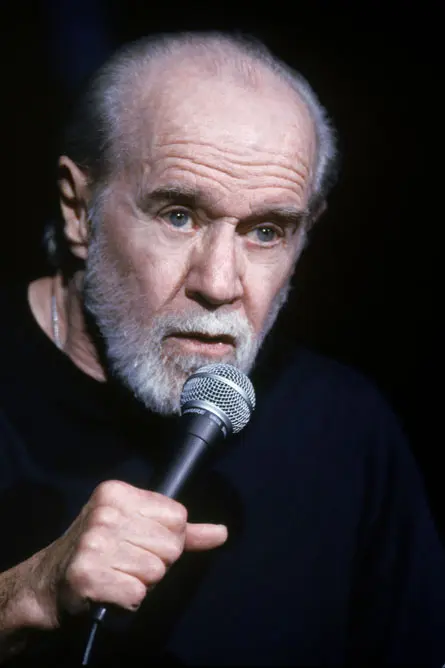 Comedian George Carlin, whose infamous "Seven Dirty Words" routine in 1972 sparked a Supreme Court case that shaped broadcast censorship for decades.
Comedian George Carlin, whose infamous "Seven Dirty Words" routine in 1972 sparked a Supreme Court case that shaped broadcast censorship for decades.
Yet even in those early decades, people were side-eyeing the whole censorship game. By 1970, some media regulators wondered if constant bleeping was whitewashing reality too much. The FCC's own chairman mused that if someone shouts "you dirty son of a bitch," quoting it on the news as "dirty bleep bleep bleep" might rob the story of its truth. Still, most broadcasters erred on the side of "think of the children!" and kept on bleeping liberally. This overly cautious approach inspired a backlash from the counterculture – most famously, comedian George Carlin.
Carlin's 1972 "Seven Dirty Words You Can't Say on Television" routine was a scathing (and hilarious) send-up of the censorship obsession. He recited all the filthiest terms – fuck, shit, etc. – highlighting the absurdity of words being "unsayable." When a radio station aired Carlin's bit uncensored, the FCC blew a gasket and fined the station. That led to the landmark 1978 FCC v. Pacifica Supreme Court case, which upheld government power (within limits) to restrict profanity on public airwaves. In plain English: the FCC couldn't ban swearing outright, but it could punish stations for airing "indecent" material at times when kids might be watching or listening. The era of heavy-handed censorship was in full swing.
Feedback Loop: How Bleeps Made Swearing Cool
Here's the funny paradox: all that effort to banish swearing just ended up making it more enticing. Sociologists and media smarties noted a "bleeping feedback loop" – the censor beep itself drew attention to the very cuss words it covered. It's like telling people "DON'T THINK ABOUT SEX!" – of course, that's all they think about next. Likewise, every BEEP on TV or radio was a neon sign pointing to a forbidden thrill. By censoring language, broadcasters inadvertently gave taboo words free advertising.
As the '70s rolled on, bleeped-out profanity became an expected part of the pop culture soundscape, almost a rebellious signal. Counterculture audiences, especially younger folks, actually found bleeping edgier than hearing the swear word itself. A bleep implied something so outrageous it had to be censored, making the speaker seem daring and "real." Rock stars and provocateurs like Madonna figured this out quick – when she dropped impish innuendos and forced censors to bleep her on late-night TV, it only fed her bad-girl mystique. The same goes for radio shock jocks: by the early '80s, DJs like Howard Stern and Don Imus were pushing boundaries on-air, dancing around what could legally be said and relying on bleeps (and lawyers) to get away with it. Audiences ate it up – people would tune in just to hear how many bleeps a Stern segment would rack up or to imagine the filthy rant hidden behind the tone. Censorship became free hype.
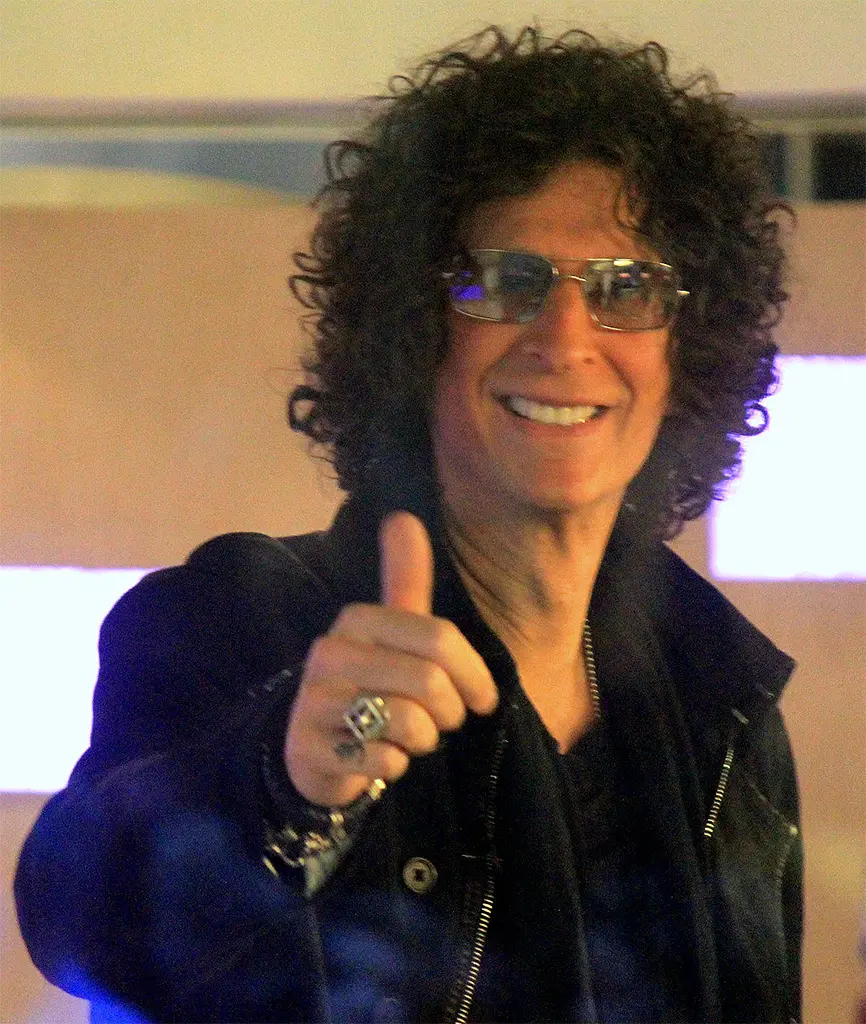 Radio shock jock Howard Stern, whose show became famous for pushing the boundaries of what could be said on air, with bleeps becoming part of his signature sound.
Radio shock jock Howard Stern, whose show became famous for pushing the boundaries of what could be said on air, with bleeps becoming part of his signature sound.
Meanwhile, TV was about to discover the bleep's true calling: not as a moral shield, but as a ticket to ratings gold.
Bleep-Blitzed TV: Springer, Reality Shows & Profanity as Entertainment
If the 80s gave us shock jocks, the 90s gave us shock TV – and nothing symbolized that better than the incessant bleep of a daytime talk show meltdown. Enter The Jerry Springer Show. Debuting in 1991, Springer started as a normal talk show, but it didn't hit its stride until it embraced the bleep-and-blur circus: lovers betraying lovers, chairs flying and every other word getting bleeped out. By the mid-90s, Springer's brawl-filled episodes were soaked in profanity (every episode sounded like R2-D2 on a sugar high). And guess what? Viewers couldn't get enough of it.
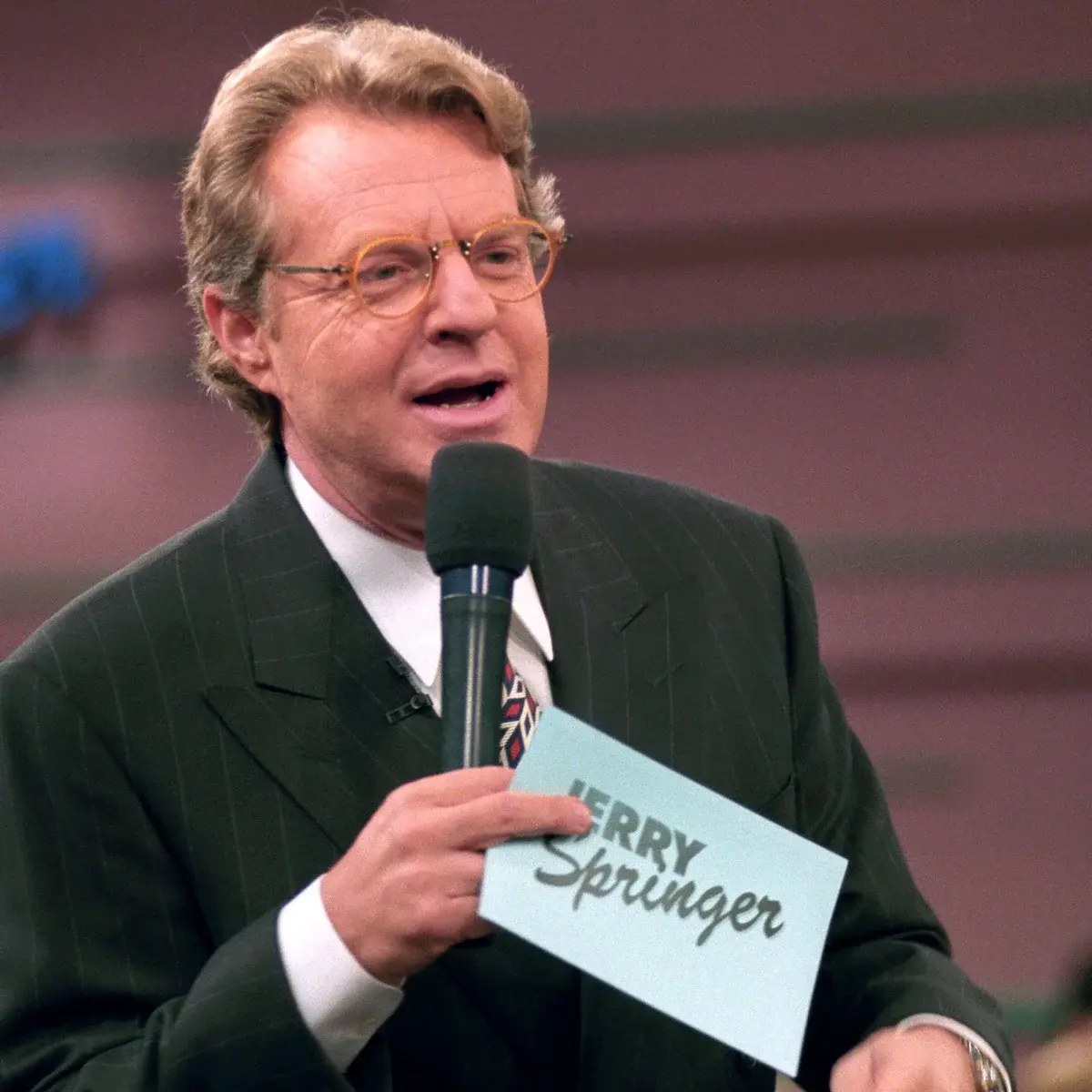 The Jerry Springer Show turned bleeping into an art form, with some episodes featuring so many censor tones they sounded like electronic music tracks.
The Jerry Springer Show turned bleeping into an art form, with some episodes featuring so many censor tones they sounded like electronic music tracks.
It turned out that hearing a stream of bleeps was oddly thrilling to audiences; it signaled "OMG they're really saying terrible stuff!" from the comfort of your couch. Springer's producers learned that the more bleeps per minute, the higher the ratings. In fact, by 1997, Jerry Springer was often neck-and-neck with queen Oprah in the daytime TV rankings – an almost unthinkable feat, since Oprah's show was classy and Springer's was, well, a televised trash-fire. The secret sauce was that Springer made viewers feel like they were seeing something raw and forbidden (even though the obscenities were censored). As Jerry's on-set chaos ramped up, the bleep became "central to the aesthetic, a Pavlovian signal" that something outrageous was happening. People at home would hear the censor tone and instinctively perk up: whoa, somebody just said something really bad!
Studies later confirmed what Springer's team intuited: bleeping a word actually makes it more attention-grabbing. Researchers found that audiences perceive a statement with bleeps as even more profane than the uncensored version. In other words, when you censor a "fuck," the brain often fills in something worse. Springer's rampant bleeping effectively tricked viewers into thinking they were witnessing the most extreme profanity-laced throwdowns imaginable – which wasn't always true, but perception is reality in entertainment.
By the late '90s and early 2000s, the "bleep show" formula spread beyond talk shows. The boom of reality TV brought bleeps to new genres: dating shows, competition shows, you name it. Early reality hits like Cops and Survivor kept it relatively clean, but soon we got gems like The Osbournes – where every other word out of Ozzy Osbourne's mush-mouthed tirades was a bleep, much to viewers' amusement. The censor tone became a staple sound effect of reality TV, to the point that it sometimes added comedy or character.
Notably, as audiences got savvier, the tone's role shifted from shocking to shorthand for humor or chaos. On Jerry Springer, audience shots in the early days showed people gasping when someone cursed; fast forward a decade and they were laughing at the absurdity of all the bleeps. Bleep fatigue set in – we all knew what was under the bleep and it wasn't scandalizing anyone anymore. So TV began to wink at it.
Scripted comedies jumped on the trend by using intentional bleeping for laughs. A pioneer here was Arrested Development in the mid-2000s: the show would bleep out its characters' (already mild) swearing, not because Fox TV demanded it, but because the unnecessary censor made it funnier. Same with South Park – they famously exaggerated censorship (like an episode counting dozens of "$#!%"s or bleeping a character's name just to parody network sensibilities). By using the bleep as a comedic exclamation point, these shows proved that the tone had broken free from its original role as a necessary evil. It was now another tool in the comedy toolbox.
One could say the bleep had become a star in its own right – a cultural icon symbolizing "bad word here." And unlike actual curse words, the bleep itself was family-friendly enough to broadcast. It was the perfect innuendo: naughty, but technically clean.
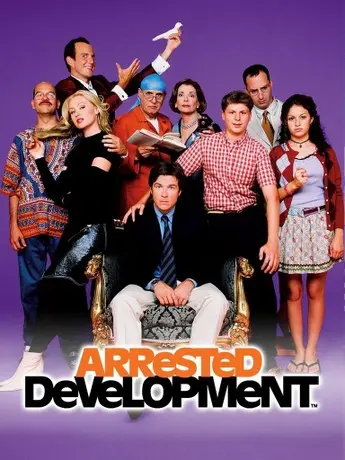 Arrested Development pioneered the use of unnecessary bleeps for comedic effect, turning censorship itself into a punchline.
Arrested Development pioneered the use of unnecessary bleeps for comedic effect, turning censorship itself into a punchline.
The Meme Era: Novelty Censor Sounds and Creative &#@!
In the age of YouTube, TikTok and memes, the censor bleep has taken on a life of its own – sometimes it's not even a "bleep" anymore, but a whole zoo of silly sounds. Content creators realized they could replace the standard tone with basically any noise for comedic effect and to game the system. See, social platforms and advertisers often frown on explicit profanity in videos (hello, demonetization). But here's the kicker: some algorithms might flag the classic tone itself as a sign of swearing. So, creative editors asked, why stick to the same old beep?
Thus, the novelty censor bleep was born. You've likely heard it without even realizing – maybe a quacking duck covering a YouTuber's f-bomb or that ubiquitous "bruh" sound effect as a tongue-in-cheek curse filter. One Reddit user summed it up: standard beeps can get picked up by auto-moderation, so people use the Roblox "oof" or a distorted bass drop to mask curses. Popular YouTuber PewDiePie, for instance, switched to a ridiculous bass-boosted sound to bleep his expletives, turning his swearing into a running gag for viewers. The cooking comedy channel Epic Meal Time became famous for its "censor bird" – every time host Harley yelled "fu-," a loud bird caw or cluck would interrupt. The bird noise was so iconic they kept it even after they no longer needed to worry about sponsors; as Harley put it, "we love the sound... those censor birds are part of Epic Meal Time." In other words, the censor effect became a branding device and joke in itself.
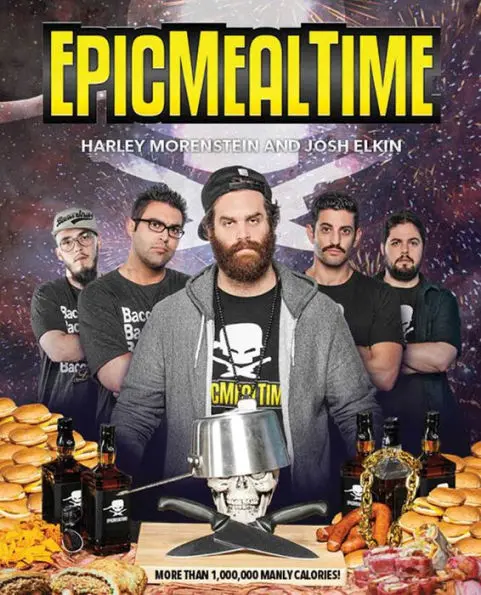 Epic Meal Time's "censor bird" became so popular that fans would be disappointed if an episode didn't include the signature squawk covering up profanity.
Epic Meal Time's "censor bird" became so popular that fans would be disappointed if an episode didn't include the signature squawk covering up profanity.
Even TV and cartoons have gotten inventive. A classic example is the SpongeBob SquarePants episode "Sailor Mouth" (2001), a brilliant parody of potty-mouthed sailors where SpongeBob and Patrick learn a "bad word." Instead of a plain beep, the show used a dolphin chirp every time they swore. It didn't stop there – they mixed in a whole marine soundscape as substitute swear sounds: seagull squawks, a tugboat horn, a foghorn, even a seal's bark. It was absurd and hilarious – the episode essentially made fun of the idea of censoring cartoon characters by overdoing it with goofy noises. (Fun fact: that "dolphin" sound is actually a sped-up kookaburra call from a 1963 Flipper movie, proving that one creature's laugh became another's curse word.) The success of this SpongeBob gag cemented the novelty bleep as a comedy staple for kid-friendly shows spoofing adult language.
The dolphin chirp sound from SpongeBob:
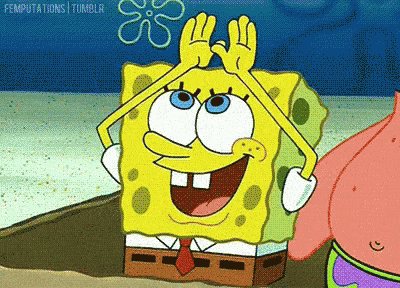 SpongeBob's "Sailor Mouth" episode replaced traditional bleeps with dolphin chirps, foghorns and other marine sounds to censor cartoon profanity.
SpongeBob's "Sailor Mouth" episode replaced traditional bleeps with dolphin chirps, foghorns and other marine sounds to censor cartoon profanity.
On TikTok, a new generation is keeping the trend alive. It's not unusual to see someone stub their toe in a video and, instead of a beep, you hear a comical "QUACK!" or the Minecraft "oof" sound. In fact, users debate over the "best" funny censor sounds – with duck quacks and SpongeBob's dolphin chirp often topping the list. The censor noise has itself become a shareable meme: a punchline even without the context of a sentence. It's the audio equivalent of pixelated censor bars in a meme image – inherently funny, even meta.
Meanwhile, mainstream broadcasters have actually pulled back on using the bleep in serious contexts. During live events like award shows, they usually just mute the audio for a second or two if someone blurts out a profanity, rather than overlay a jarring beep. The silent treatment is less distracting during a live feed (no cartoonish "bleep" to spark more chatter than the F-word itself). But ironically, this restraint in live TV has only pushed the beloved bleep to flourish more in online content and comedy.
The duck quack sound mentioned in the TikTok:
After nearly a hundred years, the censor tone has completed a wild journey: from a clumsy phonograph sound-cover in 1921, to the shrill "beep" that defined broadcast standards, to an ironically highlighted badge of edginess and now to a playground for creative humor. We all know what the bleep means – as Justice Potter Stewart might say about obscenity, we know it when we hear it. And these days, we're often meant to laugh when we hear it. The humble bleep has transcended its original purpose. It's not just a tone; it's a cultural shorthand – a tiny audio meme – that says: "a naughty word lives here (use your imagination)."
In the irreverent spirit of the fuck-it era, censor bleeps (and quacks and dolphins and "OOFs") have proven that sometimes, trying to clean up language only makes the forbidden more fun. The joke's on the censors: that [bleeping] sound is louder than any curse word ever could be.
Curious about the word that caused all this censorship? Explore The Fucking History of "Fuck": Tracing the Origins, Evolution and Endurance of English's Most Notorious Word. Or see how it eventually broke free in The F-Bomb Revolution: How "Fuck" Conquered Media, Tech and Branding.
TL;DR
Birth of the Bleep: Censoring naughty words with sound dates back to the 1920s, when engineers first masked "obscene" speech (like talk of birth control) with music – a precursor to the famous 1000-Hz censor bleep. By the mid-20th century, the bleep tone (lifted from test signals) was everywhere, helping broadcasters cut out profanity and dodge fines.
Seven Dirty Words & FCC: The practice of bleeping got so common in the '60s that it entered the cultural lexicon (the FCC even used "bleeping" as a verb). Comedian George Carlin's infamous "Seven Dirty Words" bit in 1972 satirized this trend – and triggered a Supreme Court case that gave U.S. regulators power to police indecency on public airwaves (especially when kids might be listening). Ironically, bleeping amplified our fascination with profanity: censoring words made audiences more curious about them.
Bleep Boom in TV: By the 1990s, shows like Jerry Springer turned the bleep into a spectacle. As guests hurled insults and each "BEEP!" signaled another F-bomb, ratings soared – at one point matching Oprah. Producers realized bleeps could boost the "reality" vibe; viewers equated lots of bleeping with authenticity. Research even shows that hearing bleeps makes people think there's more profanity than there really is. In other words, censor tones became a Pavlovian cue: drama's going down.
From Serious to Silly: Over time the censor beep evolved from a prudish necessity to an outright comedy tool. "Reality" TV in the 2000s (The Osbournes, etc.) and even scripted comedies (Arrested Development, South Park) started using bleeps for laughs. Today everyone instantly knows a bleep = a swear. Live broadcasts often just mute audio instead of beeping (e.g. muting Will Smith's on-stage profanity at the Oscars), but the iconic BLEEP! lives on in pop culture.
Meme-Era Censor Sounds: Modern creators have spiced up censorship with novelty sounds – think dolphin squeals, duck quacks, the Roblox "oof," or a good ol' "bruh" – both to inject humor and to dodge content filters. Cartoons like SpongeBob lampoon swear censorship by swapping the standard tone for goofy noises (dolphin chirps, boat horns, even a seal's bark). On YouTube and TikTok, bleeping out f-bombs with funny sounds is an art form, from PewDiePie's bass-drop BWOM to Epic Meal Time's signature censor bird squawk. In short, the censor tone has morphed from a tool of decorum into a cultural punchline – one that still bleeping works.